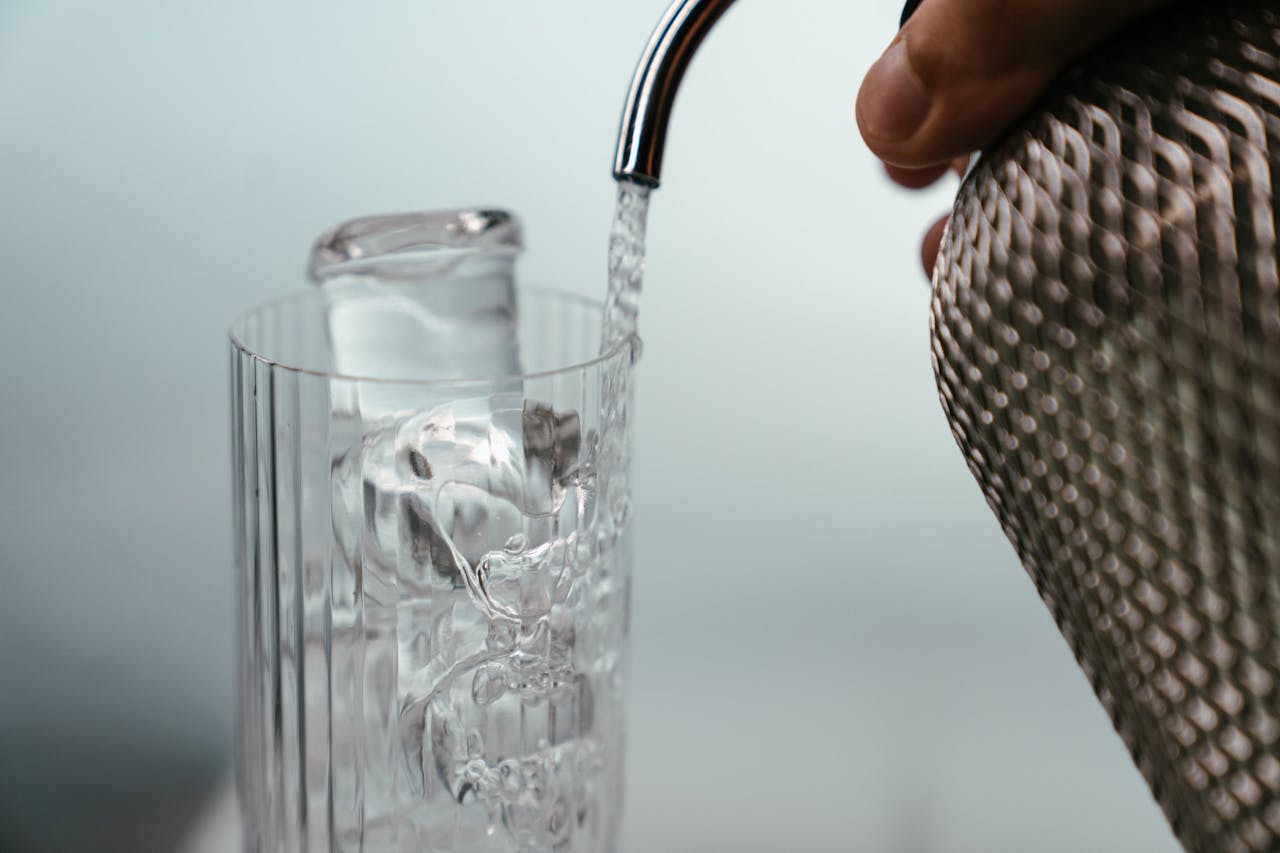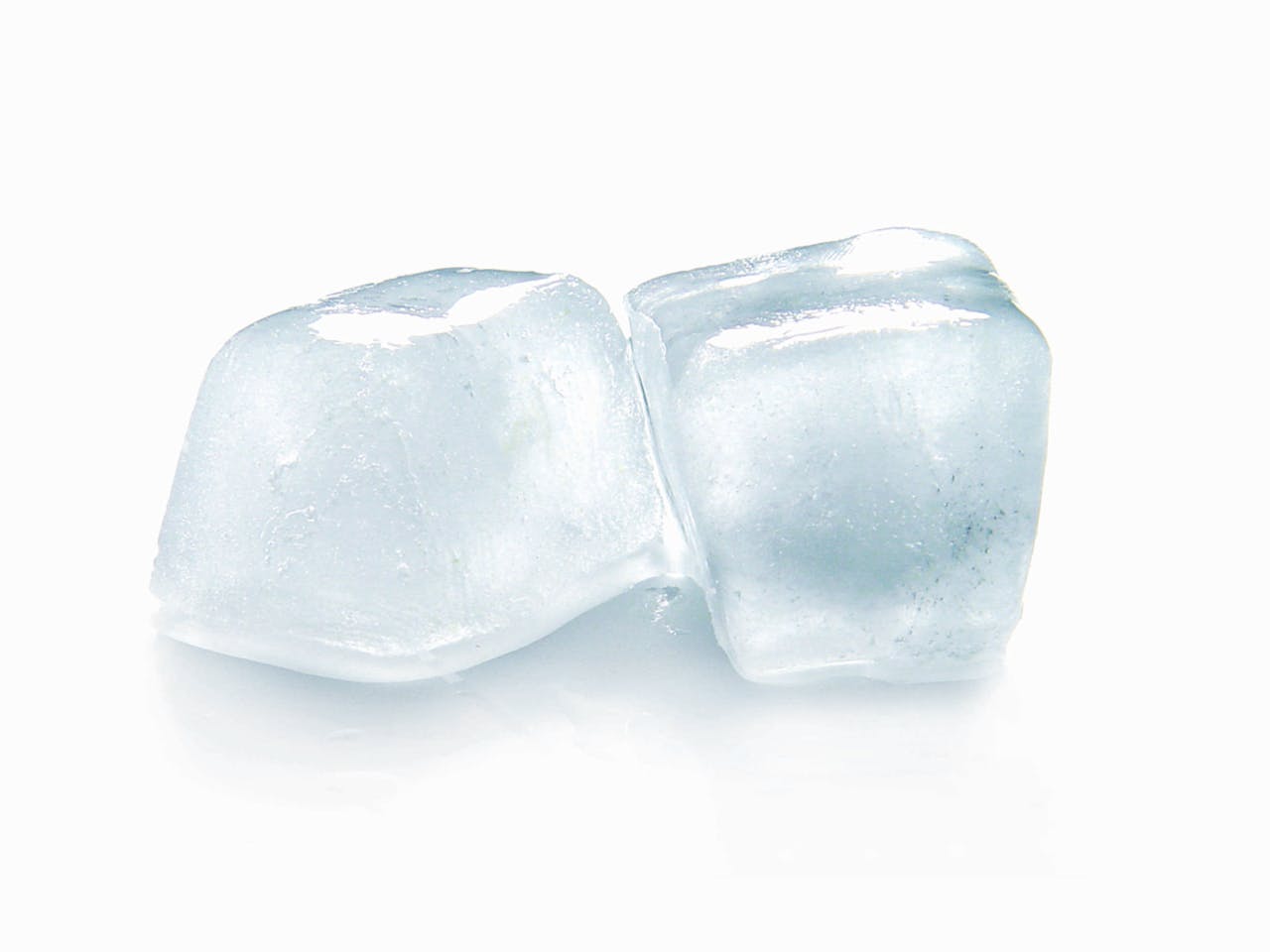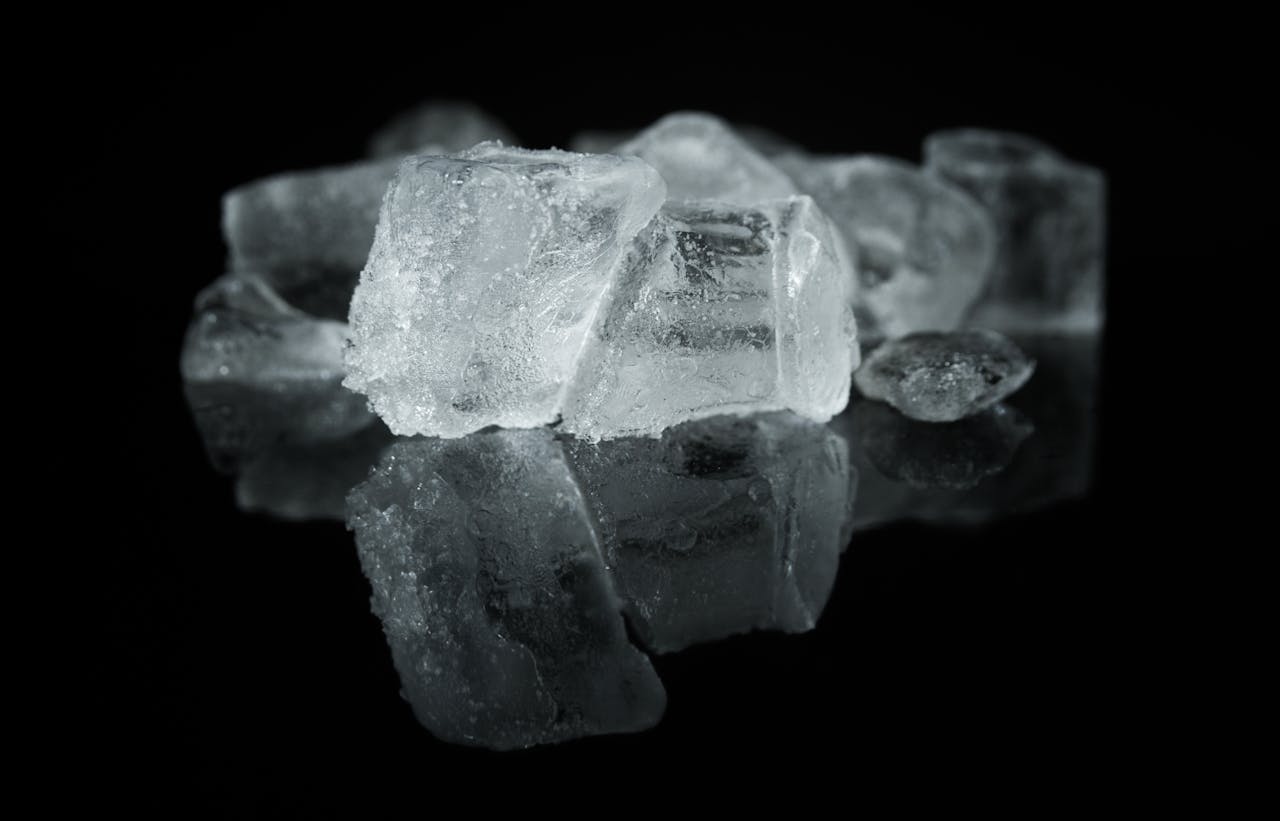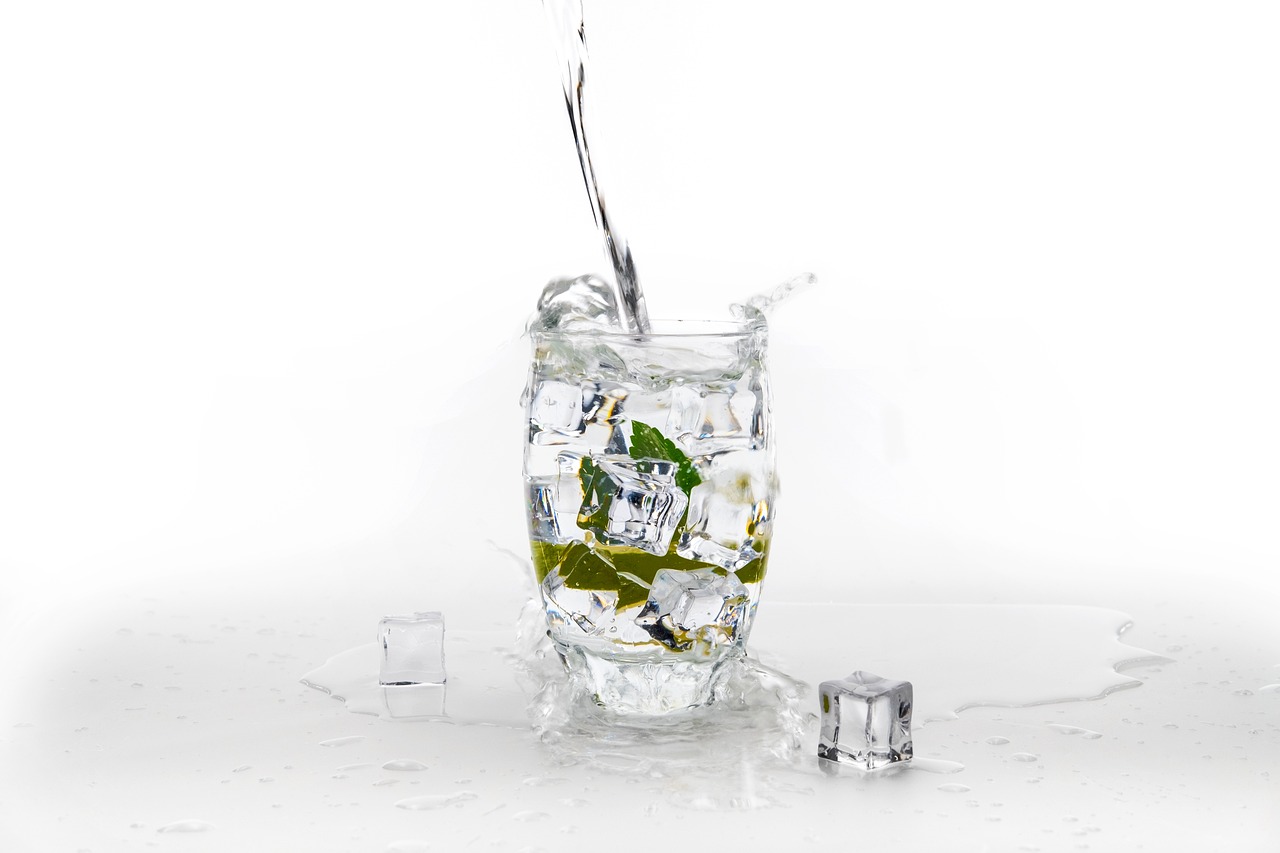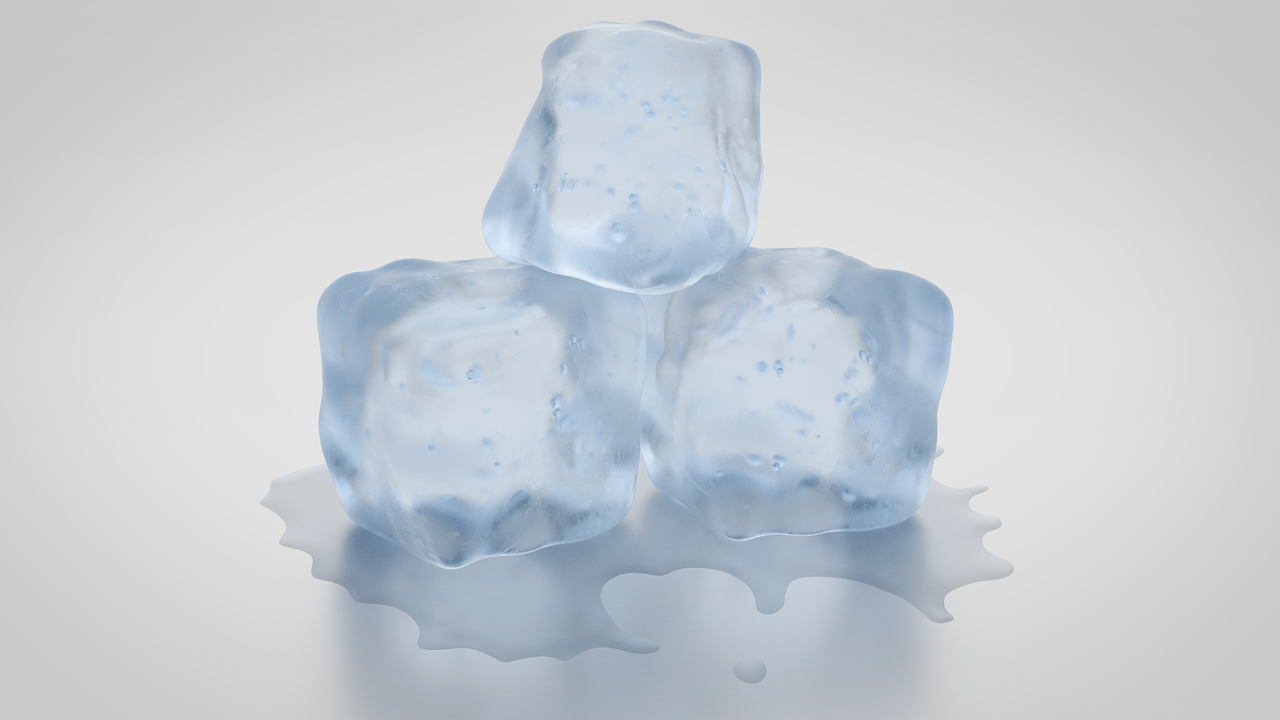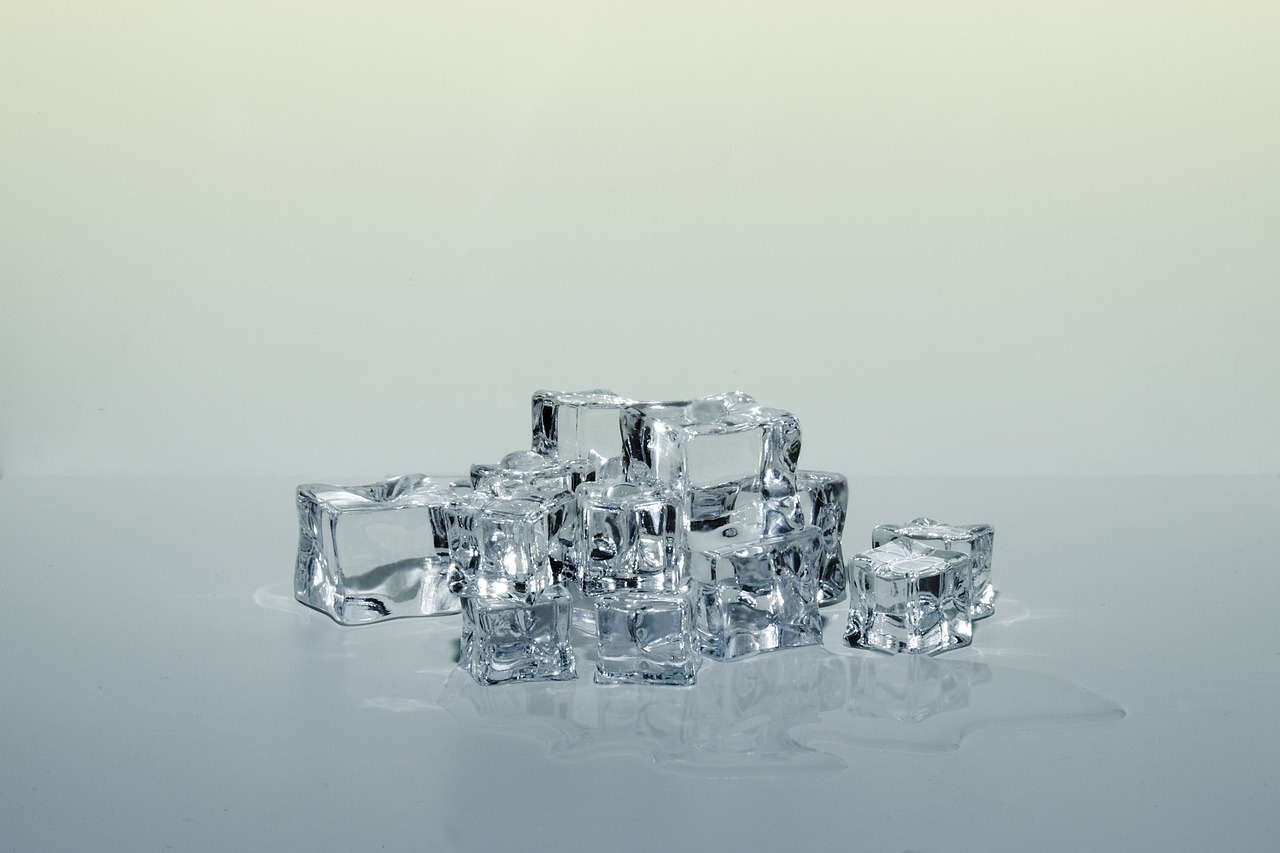Is your culinary masterpiece falling short due to cold spots and an inaccurate oven temperature calibration? Dive into our guide for a quick fix. From faulty sensors to calibration techniques, we’ve got you covered. No more burnt edges or undercooked centers – just perfectly cooked dishes every time. Stay ahead of the game with expert tips on sensor maintenance and precision adjustments. Say goodbye to oven woes and hello to flawless baking results. Get ready to elevate your cooking game with these simple yet effective solutions.
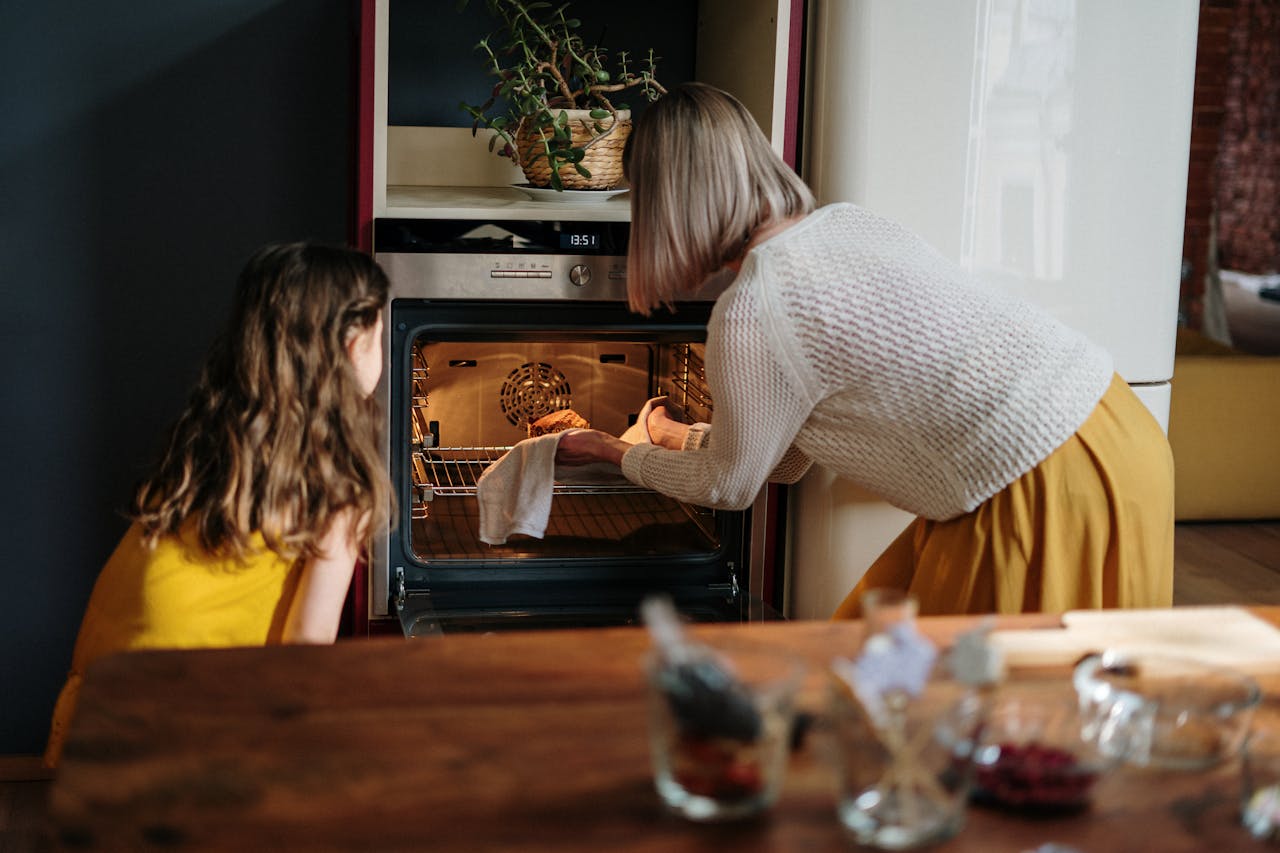
Signs Your Oven Needs Calibration
A. Inconsistent Baking Results
Identify inconsistent baking results as a sign of oven temperature inaccuracy. Notice changes in texture or doneness of baked goods; address undercooked or overcooked areas due to calibration issues.
B. Varied Cooking Times
Experience varying cooking times for recipes because of inaccurate oven temperatures. Understand the impact of temperature fluctuations on the cooking process; adjust durations based on actual temperatures for consistency.
C. Temperature Fluctuations
Detect temperature fluctuations during preheating and baking; monitor inconsistencies leading to unevenly cooked dishes. Experience swings affect the quality of baked goods.
Calibration Basics
A. Importance Of Calibration
Calibration is crucial for precise cooking outcomes, ensuring your oven’s temperature accuracy. Enhance cooking efficiency by maintaining consistent and reliable temperature settings. Consistent baking results are achieved through accurate calibration.
B. Calibration Frequency
Determine the ideal frequency based on your oven usage patterns to ensure consistent performance. Recalibrate if you notice temperature discrepancies during cooking to avoid under or overcooked dishes. Follow a regular schedule to maintain accurate temperature readings.
C. Tools Needed
Gather essential tools like a kitchen thermometer and screwdriver for calibration tasks. Ensure you have the required equipment for adjusting both analog and digital ovens accurately. Prepare tools in advance to facilitate efficient and precise calibration processes.
Calibrating Analog Ovens
A. Position The Thermometer And Rack
To start calibrating your analog oven, place an oven thermometer on the center rack. Ensure it is not touching any walls or racks. Positioning the thermometer accurately is crucial for obtaining precise temperature readings. By placing it in the center, you can monitor the overall heat distribution in the oven effectively.
B. Preheat and Check the Temperature
Preheat your oven to a specific temperature, such as 350°F. Allow it to stabilize for about 20 minutes before checking the thermometer reading. This step ensures that the oven reaches a consistent temperature throughout, enabling you to identify any discrepancies between the set and actual temperatures accurately.
C. Adjusting The Knob
- Turn the oven temperature knob gradually to make adjustments for calibration.
- Using a screwdriver, fine-tune the knob settings according to your calibration requirements.
- Modify the knob position until it aligns with accurate temperature readings on the thermometer.
D. Retest And Repeat
After making adjustments, recheck the oven temperature by preheating it to a standard setting like 375°F. If inaccuracies persist, repeat the calibration process. Testing your oven multiple times is essential to confirm that the adjustments have successfully resolved any temperature inconsistencies.
Calibrating Digital Ovens
A. Position The Thermometer and Rack
Place an oven thermometer on the center rack to ensure accurate readings. Adjust racks for proper airflow.
To calibrate, position the thermometer in the middle of the oven for consistent temperature monitoring.
B. Preheat And Check The Temperature
Preheat your oven to a specific temperature and observe the thermometer reading. Note any discrepancies.
Once preheated, verify if the displayed temperature matches the actual oven temperature using the thermometer.
C. Consult Owner’s Manual
Refer to your oven’s manual for specific calibration instructions tailored to your model.
Consulting the manual provides detailed guidance on adjusting settings to ensure precise oven temperature control.
- Follow manufacturer guidelines
- Use recommended tools
D. Adjust And Save Settings
Access your digital oven’s calibration feature through its settings menu for adjustment.
Make gradual changes based on thermometer readings until the displayed and actual temperatures align.
Troubleshooting Common Issues
A. Without A Thermometer
If you don’t have a thermometer, observe the cooking times and temperatures in recipes to assess your oven’s accuracy. Note any discrepancies in baking or roasting times compared to the recipe instructions.
When using recipes, pay attention to visual cues like browning on baked goods or meat doneness. Adjust future cooking times based on these observations for more accurate results.
In the absence of a thermometer, rely on your sensory observations and make adjustments as needed. Monitor the cooking process closely to prevent overcooking or undercooking.
B. Non-calibratable Models
For non-calibratable models, consider using an external oven thermometer to verify the internal temperature accuracy. Place the external thermometer inside the oven to compare readings with the built-in display.
External thermometers provide an additional layer of accuracy verification for non-adjustable ovens. Use this tool to ensure that your oven is operating at the correct temperature for optimal cooking results.
When dealing with non-calibratable models, it’s essential to rely on external tools like oven thermometers for accurate temperature readings. Regularly check and calibrate these external devices for continued precision.
Maintenance Tips for Oven Accuracy
A. Regular Cleaning
Regular cleaning of your oven is crucial to ensure accurate temperature readings and efficient performance. Remove any food spills, grease, or residue that can affect the sensors’ functionality. Wipe down the interior of the oven with a damp cloth and mild detergent regularly. Avoid using harsh chemicals that can damage the sensors.
Clean the oven door and window to maintain visibility while cooking. Check the seals around the door for any signs of wear or damage that could lead to heat loss. Replace damaged seals promptly to prevent temperature fluctuations. Adequate ventilation around the oven is essential for proper airflow and sensor function.
B. Sensor Checks
Periodically inspect the sensors in your oven to ensure they are working correctly. Look for any signs of corrosion, damage, or loose connections that may impact accuracy. Use a multimeter to test the sensors for resistance within the manufacturer’s specified range.
Calibrate the sensors if you notice temperature discrepancies when compared to an external thermometer. Refer to your oven’s manual for specific calibration instructions or consult a professional technician for assistance. Keep track of any changes in temperature accuracy after calibration for future reference.
C. Professional Inspection
Schedule a professional inspection of your oven if you experience persistent temperature issues despite cleaning and sensor checks. Analyze potential underlying problems such as faulty wiring, malfunctioning sensors, or heating element issues. Seek assistance from certified technicians with experience in oven repair and maintenance.
Consider hiring a professional service provider to conduct a thorough assessment of your oven’s internal components and functionality. Discuss any recurring issues with the technician and follow their recommendations for repairs or replacements. Investing in professional maintenance can prolong your oven’s lifespan and ensure consistent performance.
When To Seek Professional Help
A. Persistent Inaccuracy
If your oven continues to show inconsistent temperatures despite recalibration, it may indicate a more serious issue. In such cases, seeking professional assistance is crucial to diagnose and resolve the problem effectively. Ignoring persistent inaccuracies can lead to uneven cooking results and potentially unsafe cooking conditions.
When experiencing persistent temperature discrepancies, it’s essential to consider the age of your oven. Older models may require more frequent maintenance and calibration due to wear and tear on internal components. If you notice that even after following calibration steps, the temperature remains off by a significant margin, it’s time to contact a professional technician for a thorough inspection.
B. Electrical Problems
Electrical issues in ovens can manifest as temperature fluctuations, causing inaccurate readings on the display. These problems are often beyond the scope of basic maintenance tasks and require specialized knowledge to address effectively. If you observe inconsistent heating patterns or sudden power surges while using your oven, it’s advisable to consult with an experienced electrician or appliance repair specialist.
Signs of electrical problems in ovens include frequent tripping of circuit breakers, sparking when the oven is in use, or unusual odors emanating from the appliance during operation. These issues pose safety risks and should not be ignored. Seeking professional help promptly can prevent further damage to the oven and ensure safe usage in your kitchen.
C. Sensor Malfunctions
Faulty sensors are a common cause of temperature inaccuracies in ovens. These components are responsible for detecting and regulating the internal temperature, ensuring consistent cooking results. If you suspect sensor malfunctions due to erratic temperature readings or prolonged preheating times, consulting with a technician is recommended.
Replacing faulty sensors requires technical expertise and specialized tools to ensure proper installation and calibration. Professional technicians can accurately diagnose sensor issues through diagnostic tests and recommend appropriate solutions based on the specific make and model of your oven. Addressing sensor malfunctions promptly can restore your oven’s accuracy and performance.
Enhancing Oven Performance
A. Upgrade Options
To enhance your oven’s performance, consider upgrading to a smart thermostat. These thermostats offer precise temperature control and can be monitored remotely.
Installing an oven thermometer is another upgrade option. This device helps you verify the internal temperature of your oven for accurate cooking results.
Consider upgrading to a convection oven for more even heat distribution and faster cooking times. Convection ovens use fans to circulate hot air, reducing cooking time.
B. Accessory Recommendations
Invest in a quality baking stone to improve heat retention in your oven. Baking stones help distribute heat evenly, resulting in better-baked goods.
Using an oven rack guard can prevent accidental burns while loading or unloading dishes from the oven. It adds an extra layer of protection during cooking.
Consider getting a digital kitchen scale to accurately measure ingredients for baking. This ensures precision in recipes and consistent results.
Final Remarks
You’ve learned how to spot if your oven needs calibration, the basics of calibration, and tips for both analog and digital ovens. By troubleshooting common issues and maintaining your oven properly, you can ensure its accuracy. Remember, seeking professional help when needed is crucial for optimal performance. Enhance your cooking experience by keeping your oven in top shape!
Ensure your oven temperature is accurate by following the calibration and maintenance tips provided. Don’t hesitate to reach out to professionals if you encounter persistent issues. A well-calibrated oven not only improves cooking results but also enhances safety in the kitchen.
Frequently Asked Questions
1. Is It Necessary To Calibrate The Oven Regularly?
It is recommended to calibrate your oven at least once a year to ensure accurate temperature readings and optimal cooking results. Regular calibration helps maintain the efficiency and performance of your oven.
2. How Can Tell If The Oven Needs Calibration?
Signs that indicate your oven needs calibration include uneven baking, undercooked or overcooked food, longer cooking times, and inconsistent temperature readings. If you notice these issues, it’s time to check and calibrate your oven.
3. Is It Possible For Someone To Adjust An Oven By Themself?
Yes, you can calibrate your oven yourself following the manufacturer’s instructions provided in the user manual. It usually involves adjusting the temperature settings using a thermometer to ensure accurate temperature readings for precise cooking.
4. What Are Some Common Maintenance Tips To Improve Oven Accuracy?
To enhance oven accuracy, clean the interior regularly, check and replace faulty sensors, avoid overcrowding the oven, use quality bakeware, and always preheat the oven before cooking. These simple maintenance practices can significantly improve your oven’s performance.
5. When should You Consider Seeking Professional Help For The Oven Calibration?
If you encounter persistent temperature inaccuracies even after self-calibration attempts or notice unusual issues with your oven’s performance, it is advisable to seek professional help. Certified technicians have the expertise and tools to diagnose and resolve complex calibration problems effectively.
Zuta Appliance Repair: Revitalizing Berkeley Kitchens with Premier Oven Services
In the dynamic atmosphere of Berkeley, CA, where the fast pace of life demands reliability in every aspect, Zuta Appliance Repair emerges as your essential partner in keeping your kitchen running smoothly. Understanding the vital role your oven plays in preparing nourishing meals for your family and optimizing your cooking efficiency, we are dedicated to delivering exceptional oven maintenance and repair services. With Zuta Appliance Repair, you gain more than just a service; you receive a steadfast commitment to quality, integrity, and environmental responsibility, all focused on enhancing your home’s functionality and your overall quality of life.
Solve a wide range of oven issues with Zuta Appliance Repair, where our specialized repair services rejuvenate your appliance, extend its lifespan, and bring noticeable reductions in energy bills. Our skilled team, equipped with unrivaled expertise and a friendly demeanor, ensures that your oven maintenance needs are addressed with efficient and eco-friendly solutions. This isn’t just about repairs; it’s about providing the peace of mind that comes with a perfectly functioning kitchen, making Zuta Appliance Repair an essential choice for every Berkeley homeowner.
Make today the day you choose to enhance your kitchen’s efficiency and protect the heart of your home from premature wear and tear. With Zuta Appliance Repair, you’re not just choosing repairs; you’re opting for a lifestyle upgrade. Ready to transform your kitchen and life? Contact us now at (415) 592-4633, and let Zuta Appliance Repair extend the life of your oven, ensuring it remains a central part of your daily life, offering convenience, efficiency, and peace of mind.
Disclaimer
The materials available on this website are for informational and entertainment purposes only and not to provide legal or professional advice. You should contact your attorney or home improvement specialist to obtain advice concerning any particular issue or problem. You should not act or refrain from acting based on any content included in this site without seeking legal or other professional advice. The information presented on this website may not reflect the most current home improvement developments. No action should be taken in reliance on the information on this website. We disclaim all liability concerning actions taken or not taken based on any or all of the contents of this site to the fullest extent permitted by law.

